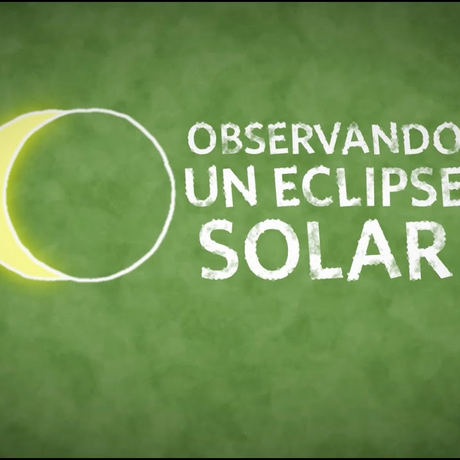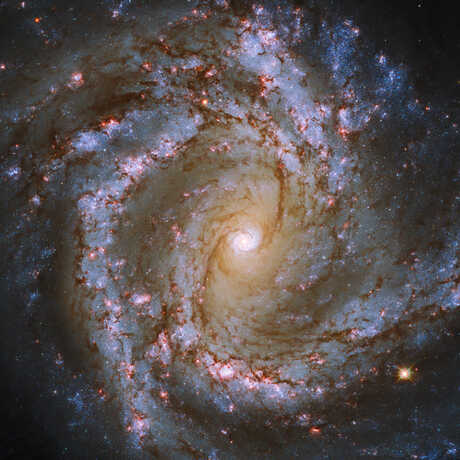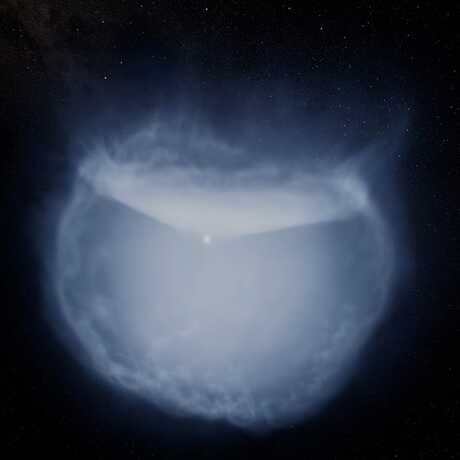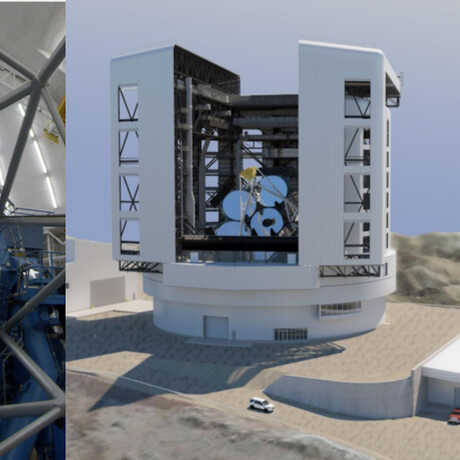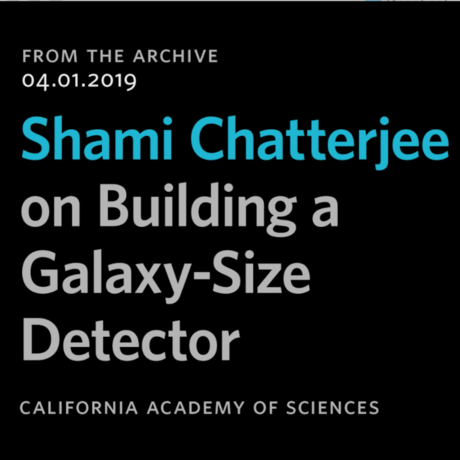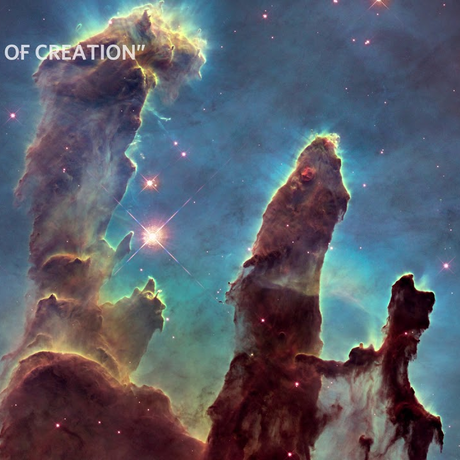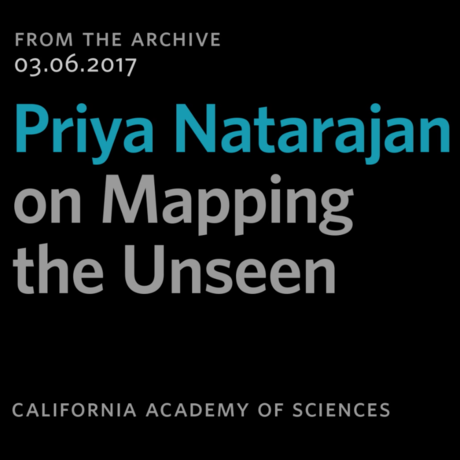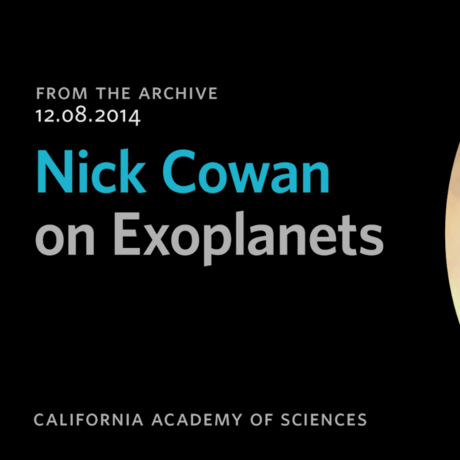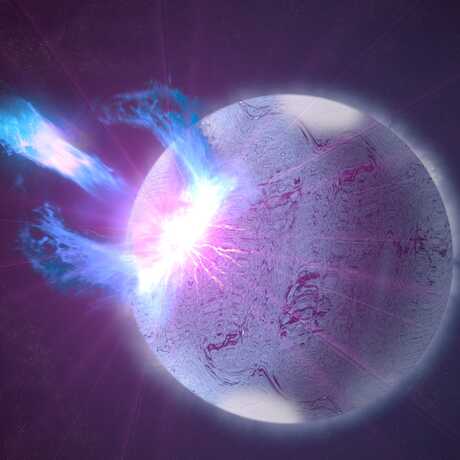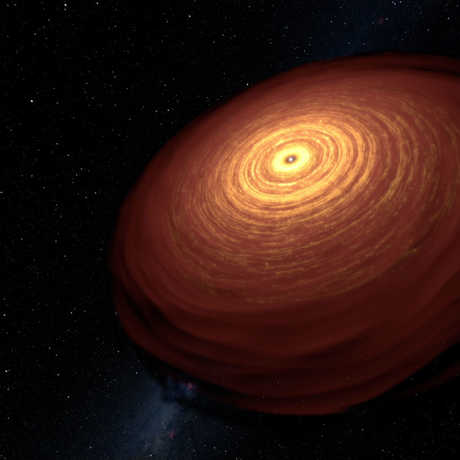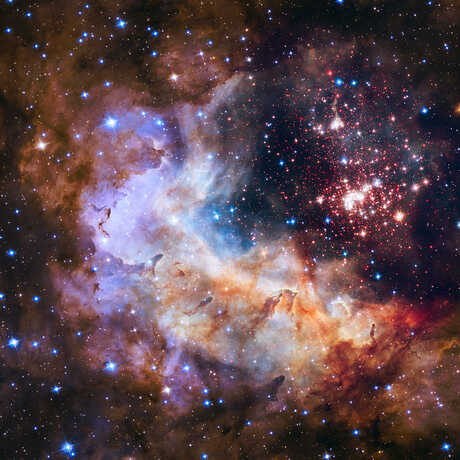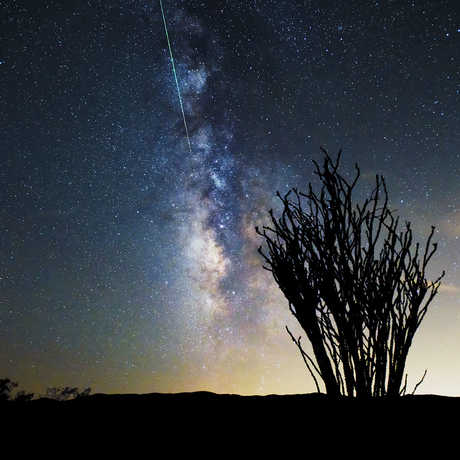Universe Update
News, blog posts, and more from Morrison Planetarium and beyond.
Latest News
Latest News
Were celebrating two centennials that are somewhat related...
Dust! It’s not just collecting on your shelf, it is the topic for the last press conference at the 240th AAS.
The visual culture of astronomy, from illuminated manuscripts and frescoes to engravings and satellite imagery.
On a two-ful Tuesday, our planetarian discusses how visualizations can make numbers more understandable.
It turns out that the Sun lives in a bubble—1,000 light years across!
Can't Miss
The next generation of telescopes in Chile will vastly increase our understanding of the cosmos.
What's the size of San Francisco, but has 1.5 times the mass of our sun? Dr. Shami Chatterjee has the answer!
Dr. Kimberly Ennico Smith has a unique job at NASA. She either destroys things or works to reveal the unseen.
Dr. Priya Natarajan shares how she maps the things we cannot see: dark matter, black holes, and more.
Astronomer Nick Cowan takes us through the galaxy discovering extra solar planets or exoplanets.
How did a temperamental neutron star punch above its weight class and surprise astronomers?
